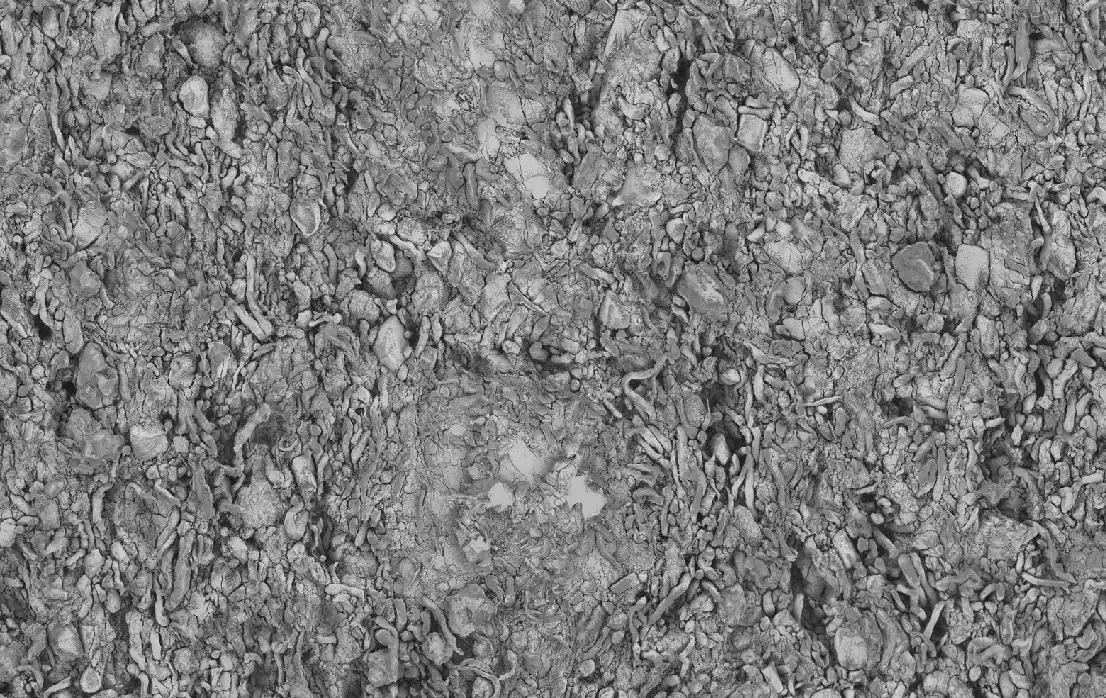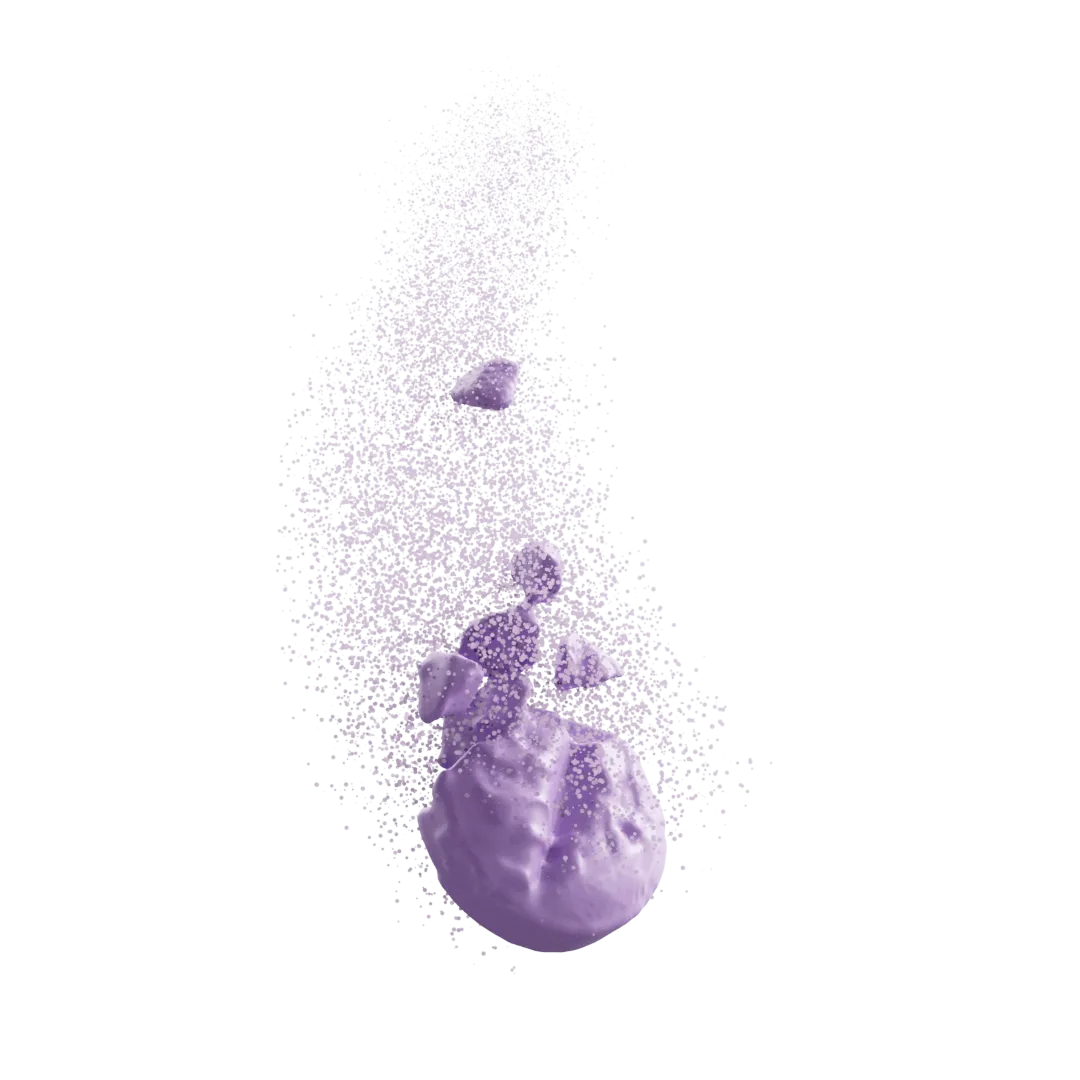digiM Awarded Patent for Generative Microstructure Synthesis Technology

digiM Awarded Patent for Generative Microstructure Synthesis Technology
digiM Solution LLC has been awarded a U.S. patent for a breakthrough technology that enables generation of realistic and controllable microstructures directly from existing exemplar images. This technology patented, under US 20240212227 A1 “Methods and Systems for Optimizing an Image Generator”, marks a major milestone in digital structure engineering for pharmaceutical development. This approach allows users to generate large, high-fidelity synthetic microstructures with both qualitative and quantitative similarity to real-world samples. By decoupling structure generation from physical sample acquisition, scientists can explore novel formulations and process spaces faster and at lower cost.
Advancing the State of the Art
The patented method leverages a deep learning–based image generator optimized against dual objectives:
- Qualitative similarity — ensuring realistic morphology and texture fidelity.
- Quantitative similarity — aligning critical attributes such as porosity, particle size, shape, and connectivity.
Unlike conventional texture synthesis or GAN methods, this approach can extrapolate beyond the original data, creating structures with novel attribute combinations that have not been physically manufactured or imaged. This innovation was first demonstrated in the peer reviewed publication in Nature Communications, establishing the scientific foundation for structure-driven formulation optimization and simulation workflows. It also underpins digiM’s recently released dissoLab platform for image-based dissolution simulation.
Access for Scientists and Engineers
With the patent awarded, digiM’s generative structure technology is available through the I2S and dissoLab cloud platforms. Researchers in pharmaceutical development, materials science, and related fields can use the technology to expand design space without costly experiments, rapidly generate microstructures for simulation, and accelerate product and process development timelines.
Transform Your Program with Microstructure Science
Get started with a drug product digital twin.

















